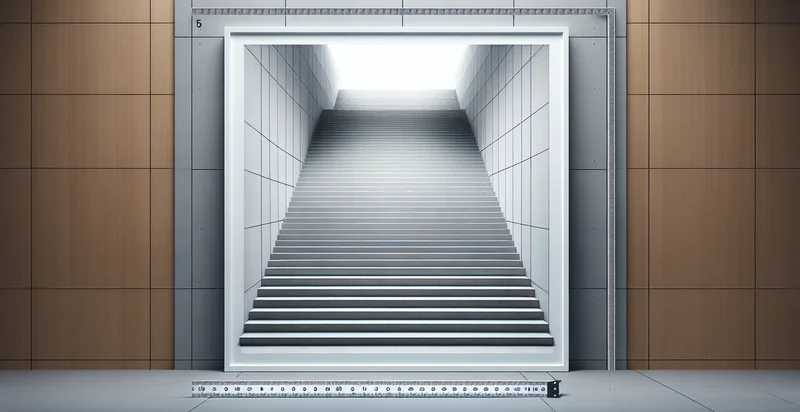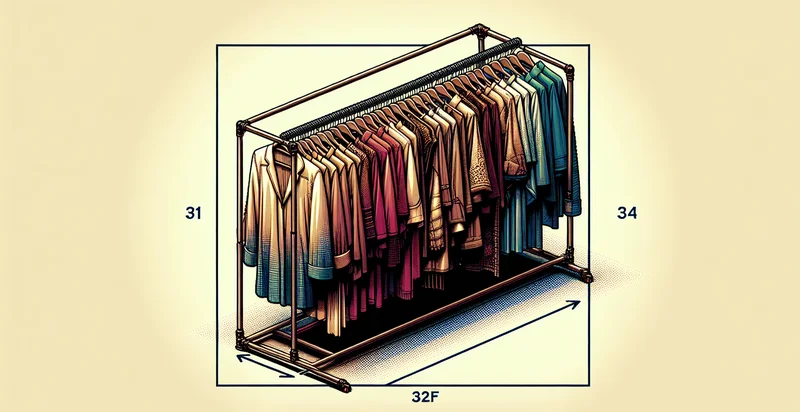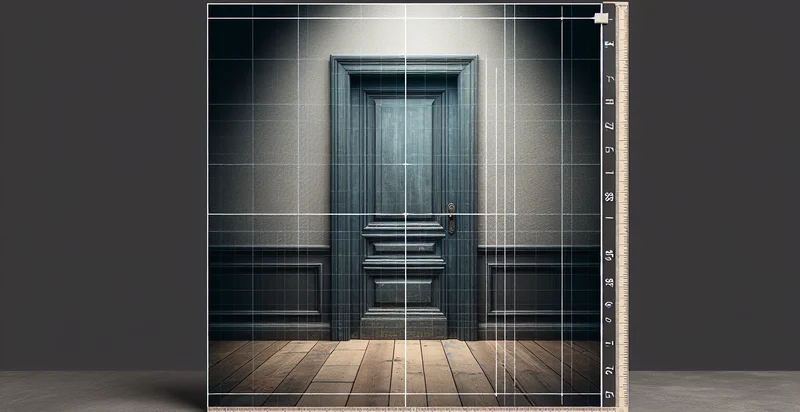Identify width of staircase in feet
using AI
Below is a free classifier to identify width of staircase in feet. Just upload your image, and our AI will predict the width of the staircase in feet. - in just seconds.

Contact us for API access
Or, use Nyckel to build highly-accurate custom classifiers in just minutes. No PhD required.
Get started
import nyckel
credentials = nyckel.Credentials("YOUR_CLIENT_ID", "YOUR_CLIENT_SECRET")
nyckel.invoke("width-of-staircase-in-feet", "your_image_url", credentials)
fetch('https://www.nyckel.com/v1/functions/width-of-staircase-in-feet/invoke', {
method: 'POST',
headers: {
'Authorization': 'Bearer ' + 'YOUR_BEARER_TOKEN',
'Content-Type': 'application/json',
},
body: JSON.stringify(
{"data": "your_image_url"}
)
})
.then(response => response.json())
.then(data => console.log(data));
curl -X POST \
-H "Content-Type: application/json" \
-H "Authorization: Bearer YOUR_BEARER_TOKEN" \
-d '{"data": "your_image_url"}' \
https://www.nyckel.com/v1/functions/width-of-staircase-in-feet/invoke
How this classifier works
To start, upload your image. Our AI tool will then predict the width of the staircase in feet..
This pretrained image model uses a Nyckel-created dataset and has 52 labels, including 1 Foot, 10 Feet, 11 Feet, 12 Feet, 13 Feet, 14 Feet, 15 Feet, 16 Feet, 17 Feet and 18 Feet.
We'll also show a confidence score (the higher the number, the more confident the AI model is around the width of the staircase in feet.).
Whether you're just curious or building width of staircase in feet detection into your application, we hope our classifier proves helpful.
Related Classifiers
Need to identify width of staircase in feet at scale?
Get API or Zapier access to this classifier for free. It's perfect for:
- Building Code Compliance: This function can help architects and builders ensure that the width of staircases in new constructions meets local building codes. By automatically classifying the width, compliance teams can quickly identify any violations that need to be rectified before construction proceeds.
- Renovation Planning: When planning renovations for older buildings, this function can assist in assessing whether existing staircases conform to modern width standards. Analyzing staircase widths allows for informed decisions on potential modifications required for safety and accessibility.
- Space Optimization: Interior designers can utilize the staircase width identifier to evaluate and optimize space in multi-story residences or commercial buildings. By understanding the width constraints, they can propose space-saving solutions while maintaining aesthetics and functionality.
- Real Estate Valuation: Real estate appraisers can leverage staircase width data to estimate the value of properties more accurately. Wider staircases may appeal to buyers seeking comfort and accessibility, influencing property assessments and marketing strategies.
- Safety Audits: In the context of safety audits, this function can be employed to identify potentially hazardous staircases that do not meet appropriate width standards. Identifying these areas allows for timely interventions that enhance overall building safety.
- Accessibility Evaluations: Organizations focused on ensuring compliance with the Americans with Disabilities Act (ADA) can use this classification to evaluate the accessibility of staircases. Proper measurements aid in ensuring that all individuals, including those with mobility challenges, can navigate buildings safely.
- Furniture Delivery Planning: Moving companies can use staircase width data to assess accessibility for large furniture deliveries. By identifying narrow staircases in advance, they can plan logistics effectively, ensuring a smooth delivery process without damage to property or furniture.


